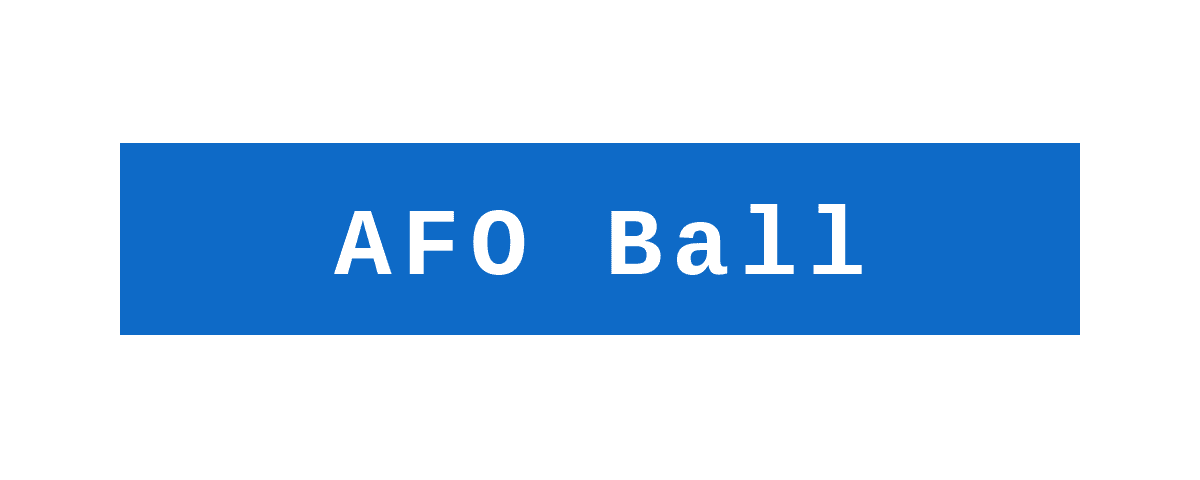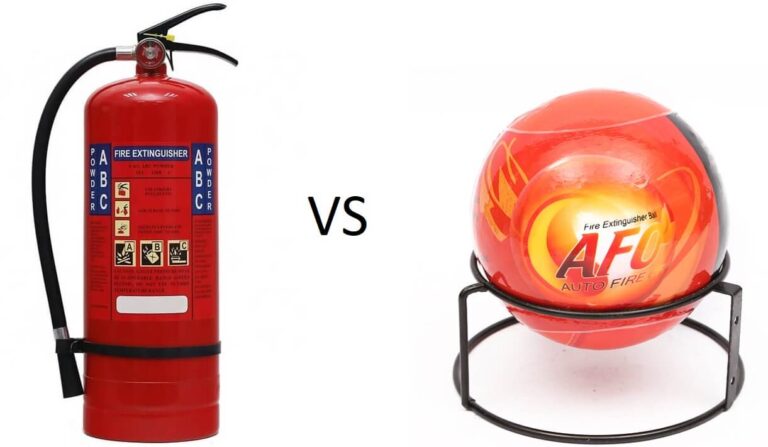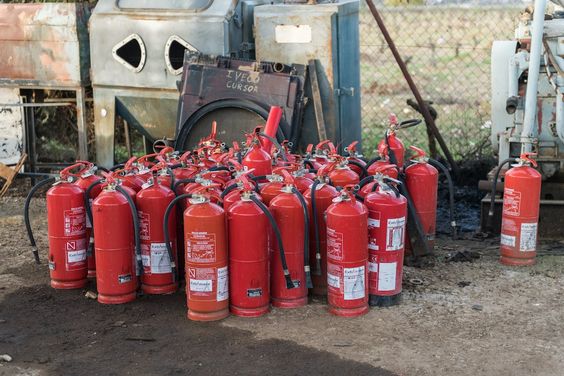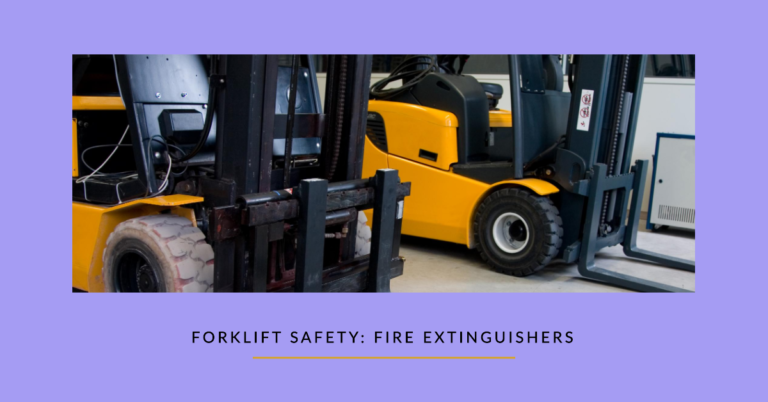Last Updated on October 4, 2023 by Allen

Fire extinguishers are essential tools for preventing and controlling fires. However, not all fire extinguishers are the same. Each type of fire extinguisher is designed to put out a specific kind of fire, and using the wrong one can be dangerous or ineffective. That’s why it’s important to know what the symbols on a fire extinguisher indicate and how to use them properly.
Key Takeaways
- Fire extinguishers are classified by the types of fires they can extinguish: A, B, C, D, and K.
- The symbols on a fire extinguisher are either letter-shaped or pictorial, and they show what types of fires the extinguisher is suitable for.
- Water fire extinguishers are for Class A fires involving ordinary combustibles like paper, wood, and cloth.
- CO2 fire extinguishers are for Class B and C fires involving flammable liquids and electrical equipment.
- Dry chemical fire extinguishers are for Class A, B, and C fires involving ordinary combustibles, flammable liquids, and electrical equipment.
- Metal fire extinguishers are for Class D fires involving combustible metals like magnesium, titanium, and sodium.
- Wet chemical fire extinguishers are for Class K fires involving cooking oils and fats.
Types of Fire Extinguishers
Fire extinguishers are classified by the types of fires they can extinguish. There are five basic classifications of fuel and extinguishers:
| Symbol | Type of Fire | Description |
|---|---|---|
| A | Ordinary Combustibles | Designed to put out fires caused by common materials like paper, wood, cloth, rubber, and plastic. |
| B | Flammable Liquids | Intended for fires fueled by flammable liquids like gasoline, oil, paint, alcohol, and grease. |
| C | Electrical Fires | Specifically made to safely put out flames involving energized electrical equipment like wires, appliances, computers, and power tools. |
| D | Flammable Metals | Used for fires involving flammable metals like magnesium, titanium, sodium, potassium, and lithium. |
| K | Cooking Fires | Designed to put out fires involving cooking oils and fats in commercial kitchens. |
Some fire extinguishers are rated for use with more than one classification of fire. For example, an ABC fire extinguisher can be used for Class A, B, and C fires. However, some fire extinguishers are not compatible with certain types of fires. For example, a water fire extinguisher should not be used on electrical or flammable liquid fires.
Symbols on a Fire Extinguisher
The symbols on a fire extinguisher indicate what types of fires it is designed to put out. The symbols are usually on the front or back of the extinguisher. They are usually red and have pictures of the type of fire that they can extinguish.
The most common symbols include:
- A red square with a white letter A for ordinary combustibles
- A blue square with a white letter B for flammable liquids
- A yellow square with a white letter C for electrical fires
- A green square with a white letter D for flammable metals
- A black square with a white letter K for cooking fires
Some fire extinguishers also have pictorial symbols that show what types of fires they can or cannot be used for. For example:
- A picture of a trash can on fire with a blue background means the extinguisher can be used for Class A fires
- A picture of a gas can on fire with a blue background means the extinguisher can be used for Class B fires
- A picture of an electric plug on fire with a blue background means the extinguisher can be used for Class C fires
- A picture of a trash can on fire with a black background and a red slash means the extinguisher cannot be used for Class A fires
- A picture of a gas can on fire with a black background and a red slash means the extinguisher cannot be used for Class B fires
- A picture of an electric plug on fire with a black background and a red slash means the extinguisher cannot be used for Class C fires
The symbols on a fire extinguisher help you choose the right type of extinguisher for the right type of fire. However, you should also read the instructions and labels on the extinguisher before using it.
How to Use a Fire Extinguisher
Using a fire extinguisher correctly can save lives and property. However, using it incorrectly can make the situation worse or cause injuries. Here are some general steps to follow when using a fire extinguisher:
- Before you attempt to put out a fire, make sure you have a clear escape route and call 911 or the local emergency number.
- Check the symbols and labels on the fire extinguisher to make sure it is suitable for the type of fire you are facing.
- Remove the safety pin or seal from the fire extinguisher and hold it upright.
- Aim the nozzle or hose at the base of the fire, not at the flames.
- Squeeze the handle or lever to release the extinguishing agent.
- Sweep the nozzle or hose from side to side until the fire is out or the extinguisher is empty.
- Keep a safe distance from the fire and watch for any signs of re-ignition. If the fire re-ignites, use another fire extinguisher or evacuate the area.
Remember, fire extinguishers are only meant for small and contained fires. If the fire is too large, spreading, or threatening your safety, do not try to put it out. Instead, get out of the building and wait for the fire department to arrive.
Conclusion
Fire extinguishers are vital tools for fire safety, but they are not all the same. Knowing what the symbols on a fire extinguisher indicate can help you choose the right type of extinguisher for the right type of fire. However, you should also read the instructions and labels on the extinguisher before using it. And remember, if you are not sure how to use a fire extinguisher or if the fire is too big or dangerous, leave it to the professionals and get out of harm’s way.






